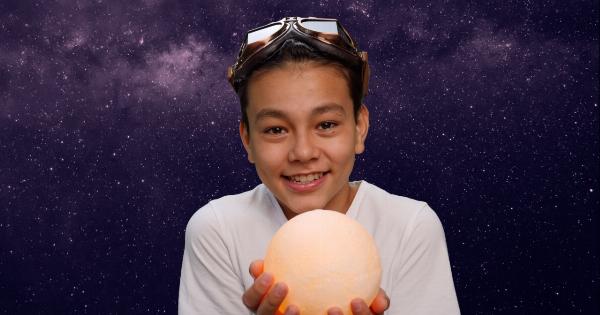From the moment a child is born, they are learning and developing in many ways. One of the most interesting aspects of infancy is the concept of duplicity, which is the ability to see the world from another person’s perspective.
In this article, we will explore what duplicity is, how it develops in infants, and why it is important for their overall development.
What is Duplicity?
Duplicity, also known as perspective-taking or theory of mind, is the ability to understand that other people have thoughts, feelings, and intentions that are different from your own.
For example, if you are playing with a ball and you hide it behind your back, a person with duplicity will know that you still have the ball, even though they cannot see it.
When Does Duplicity Develop?
Duplicity is a complex cognitive skill that takes time to develop. Infants begin to show signs of duplicity as early as six months of age, but it is not until around four years old that children can fully understand other people’s perspectives.
How Does Duplicity Develop?
There are several stages of development that infants go through before they can fully understand duplicity. At six months old, infants begin to show an interest in other people and start to engage in social interactions.
They will smile, laugh, and coo in response to their caregiver’s attention.
Between nine and twelve months old, infants start to develop a basic understanding of cause and effect. They realize that if they drop a toy, it falls to the ground. They also begin to understand that their caregiver has an impact on their environment.
For example, if their caregiver moves a toy, the infant will look in the direction of the toy’s new location.
At eighteen months old, infants begin to understand that other people have different desires and intentions. They will start to point at objects they want and use simple words to express themselves.
They may also engage in pretend play and imitate actions they have seen others perform.
Between two and three years old, children begin to understand that other people can have false beliefs. They realize that just because they know the truth about something, it doesn’t mean that everyone else knows it too.
For example, if a child sees a toy placed in a box and then the box is moved to a different location, the child knows that the toy is still in the box, even though someone else might think that it’s in the new location.
By the age of four, children can understand that other people’s thoughts and feelings can be influenced by external factors.
For example, if someone is given misleading information, their thoughts and feelings may change even though the original situation has not.
Why is Duplicity Important for Development?
Duplicity is a crucial aspect of social and emotional development. It allows children to understand and interact with other people in a meaningful way.
Children who struggle with duplicity may have difficulty in social situations or understanding the emotions and intentions of others. Duplicity is also important for language development as it helps children understand the meaning behind words and sentences.
Having a good understanding of duplicity can also help children form close relationships and friendships. When children can understand and empathize with others, they are more likely to develop meaningful connections with those around them.
How Can Parents Encourage Duplicity?
Parents can encourage the development of duplicity by engaging their child in social interactions and encouraging them to think about the thoughts and feelings of others.
Reading books, engaging in imaginative play, and watching movies together can also help children develop their perspective-taking skills.
Parents can also use open-ended questioning to help their child think about the thoughts and feelings of others.
For example, if a child sees someone who is crying, a parent might say, “How do you think that person is feeling?” This encourages the child to consider the feelings of others and develop their understanding of duplicity.
Conclusion
Duplicity is a fascinating aspect of infant development that plays a crucial role in social and emotional development.
By understanding how it develops and why it is important, parents and caregivers can encourage its development in children and help them form meaningful relationships with those around them.






























